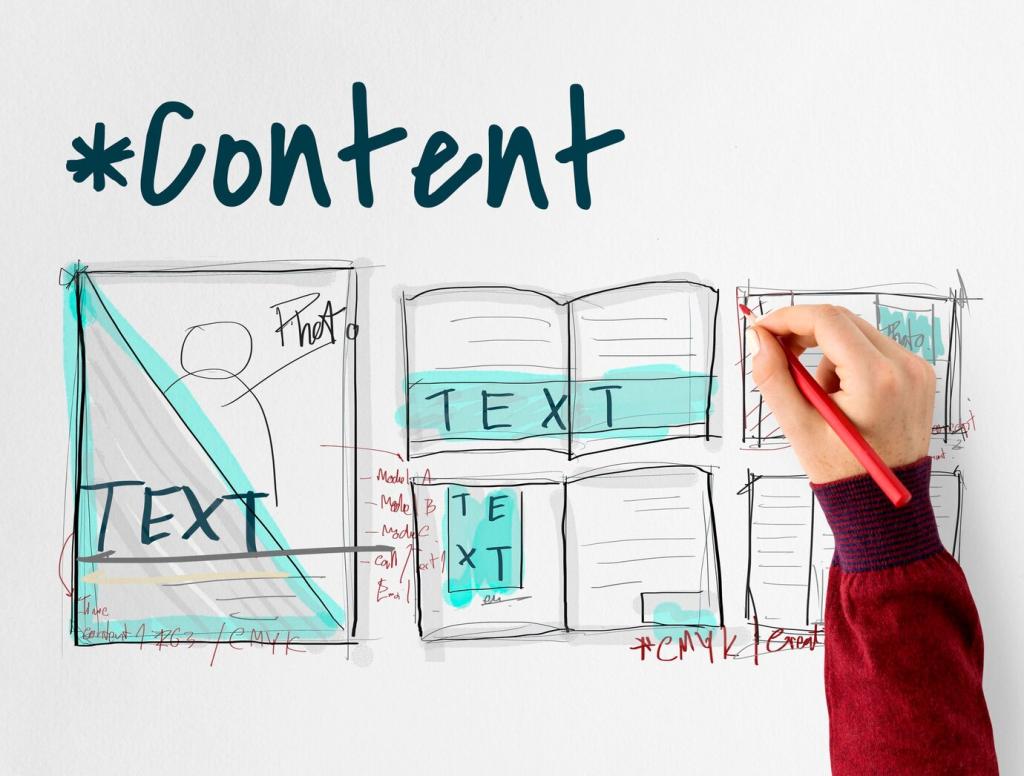Write Visual-First Copy That Complements Your Portfolio
Pair each hero image with a headline that names the core idea: Sunlit Minimalism for a Busy Family or Historic Bones, Modern Ease. Clarity beats cleverness, because it frames the viewing experience and helps readers remember why the project matters.
Write Visual-First Copy That Complements Your Portfolio
Avoid listing materials. Instead, explain the why behind each choice and the benefit it creates. A Brooklyn studio doubled inquiries after rewriting captions to emphasize daily comfort—quiet drawers, soft-close cabinets, and sightlines that calmed morning routines.






